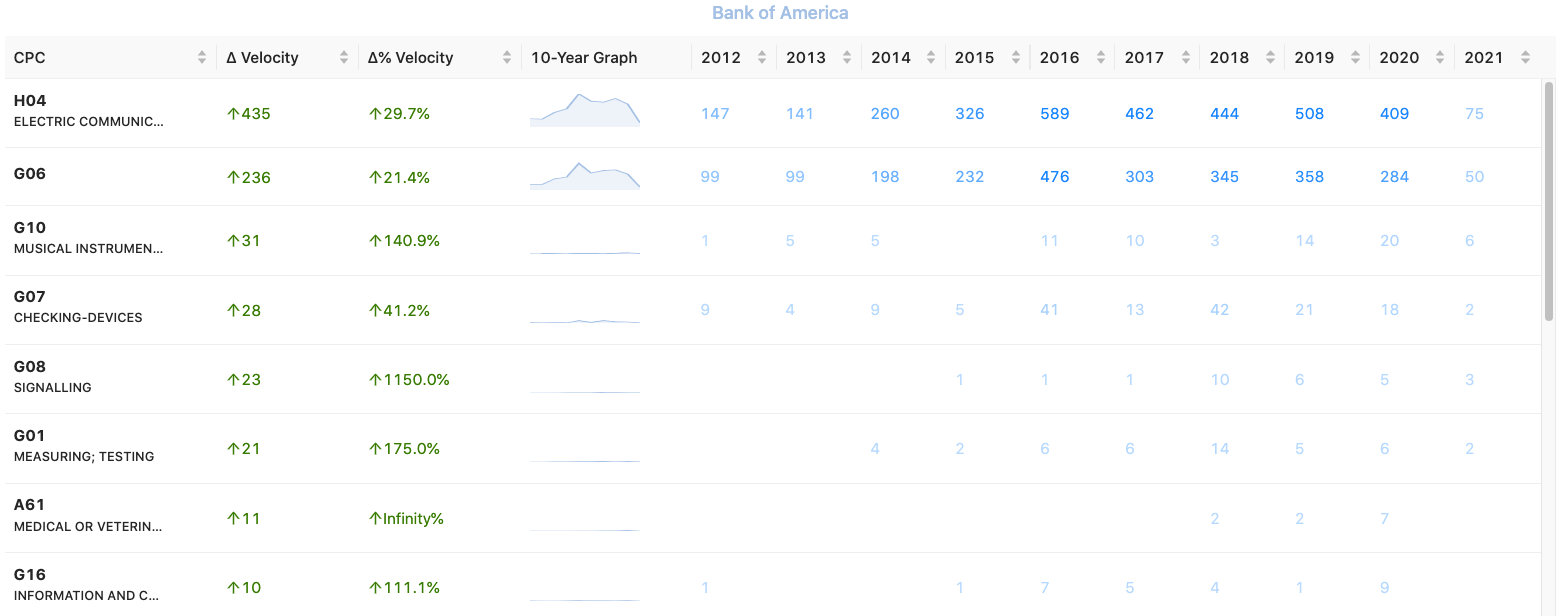Unified’s Portal now includes full-text patent search for all US and EP Patents and Applications in its Patent Search Tool. For the first time, users can filter by Description, Claims, Abstract, Title, and Non-Patent Citations. This allows for much more precise prior art searching, competitive landscape analysis, and to identify innovation opportunities.
If you are not logged in, you will only see one result page. Logged-in users have complete access to results for a limited time.
The full-text search takes advantage of Apache Lucene and allows for a number of Boolean operators to help expand or narrow a given search. In addition to boolean searching, Portal takes full advantage of Boosting, Fuzzy Searching, and Proximity Searching that allows users to find state of the art documents when conducting a search.
With the combination of the boolean search, applying different search strategies, and having the ability to narrow down the search within different parts of the patents, users will have greater granularity and can find state of the art documents relevant to their needs faster.
Example: IEEE 802.11ax and OFDMA (Boosting)
A user would like to find references that cite not only IEEE 802.11ax but also OFDMA. The user would use the + sign, like ‘IEEE 802.11ax^4' + 'OFDMA' and would result in 93 patents. In addition, if the user wanted to remove patents that contained Medium Access Control or MAC, then the user would type ('IEEE 802.11ax^4' + "OFDMA') NOT ('Medium Access Control' or 'MAC). This would allow the search to find everything that contains 802.11ax and OFDMA but exclude the Medium Access Control. This would result in 11 patents.
Example: Physical Layer (Fuzzy Search)
The user would like to limit the search to claims only and look for patents related to the Physical Layer. The search string would be "Physical Layer"~. This syntax will find the phrase Physical Layer but also uses a fuzzy search. Portal supports fuzzy searches based on the Levenshtein Distance, or Edit Distance algorithm. To do a fuzzy search, use the tilde, "~" symbol at the end of a single word term. This resulted in over 9,000 patents being found.
If the user wanted to narrow the search to user equipment and place greater emphasis on the user equipment, the syntax would be "Physical Layer"~ + "user equipment"^4. This would result in 1,121 patents. If the inverse wanted to be found, then the user could use "Physical Layer"~ NOT "user equipment"^4 which results in 429 patents. Note that if a full-text search is done using the same syntax, then it results in over 10,000 patents.
Having the ability to create fuzzy searches also allows the user to tune it. The value is between 0 and 1, and with a value closer to 1, only terms with a higher similarity will be matched. The default on fuzzy searching is typically set to 0.5. For instance, using "Physical Layer"~0.7+ "user equipment"^4 results in 1,050 patents.
Example: Physical Layer (Proximity Search)
The user wants to find the term User Equipment five words away from the term Physical Layer. The input would be "Physical Layer"~5+"user equipment"^4 and the result would be 2,499 patents.
Boosting, Fuzzy Searches, and Proximity Searches allow users to strategically craft a search that will create relevant search results. This could be expanded to look for a specific claim and elements within that claim. If the search criteria was to look for a method claim that delivers a signal, a search could be done like "method delivering"~4+"signal". This search is looking to find delivering and method within four words of each and also signal in the claim language. This specific search results in 1,601 patents. Both these operators can help reduce the noise of searching and find relevant information.
For more information, visit the support page or visit Portal.
















